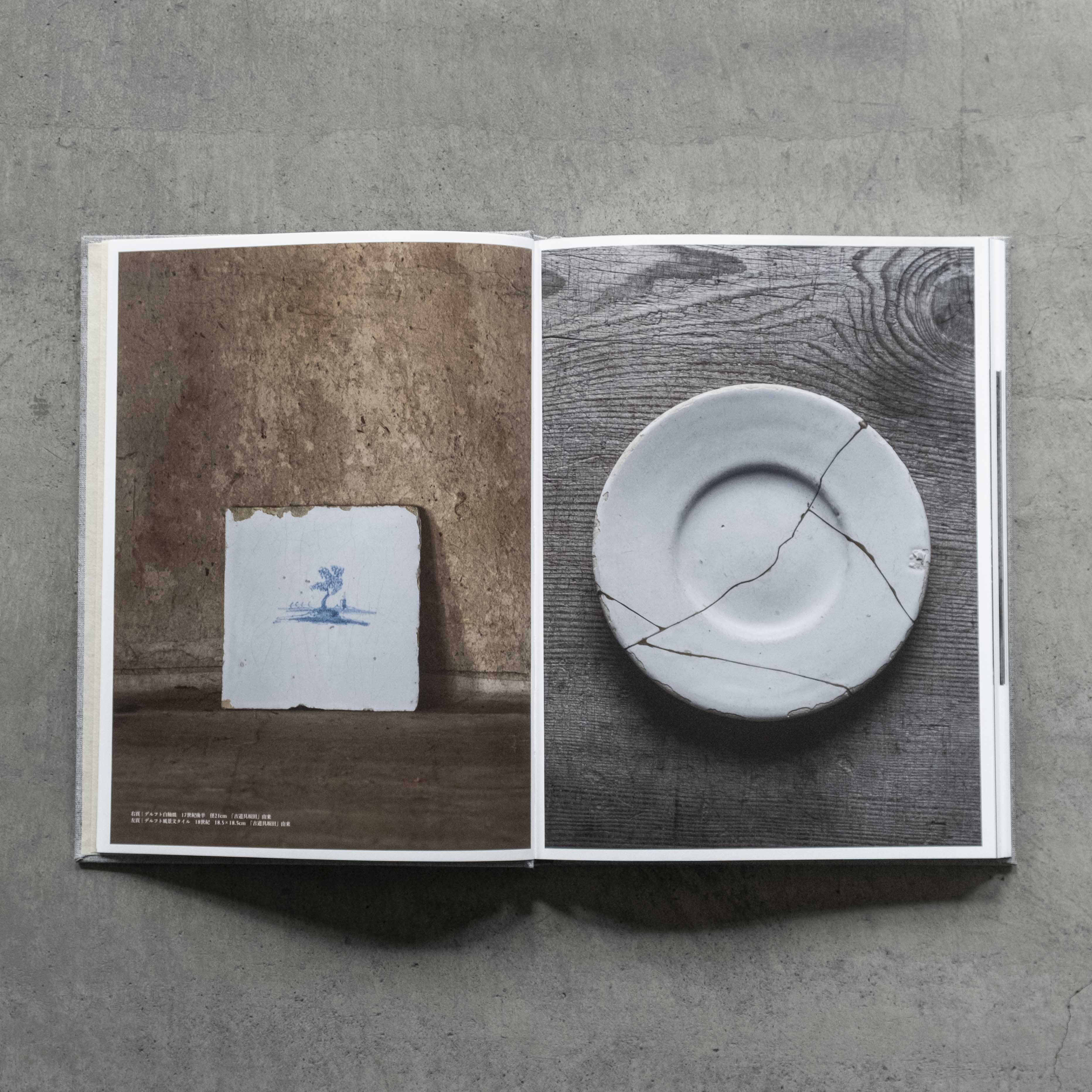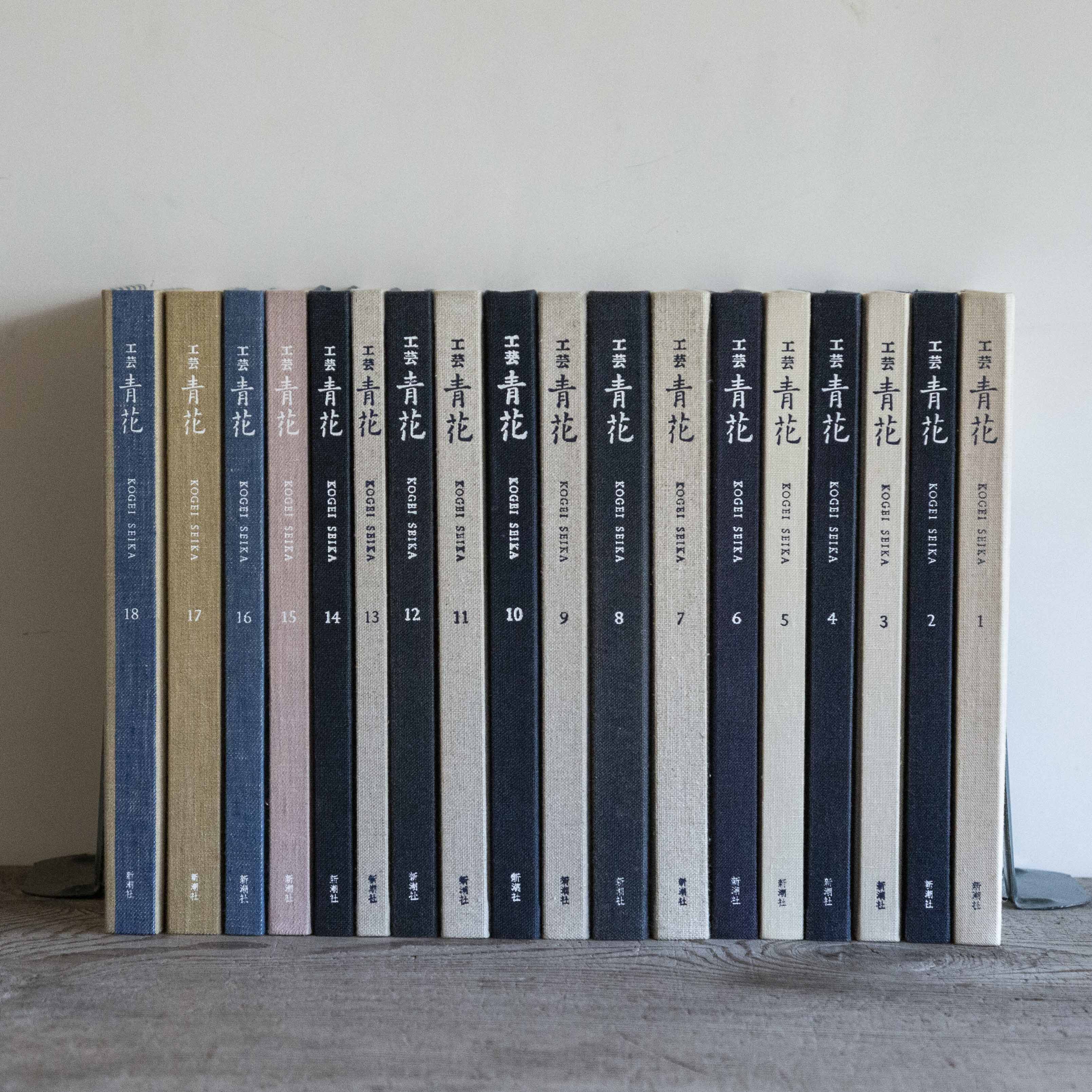
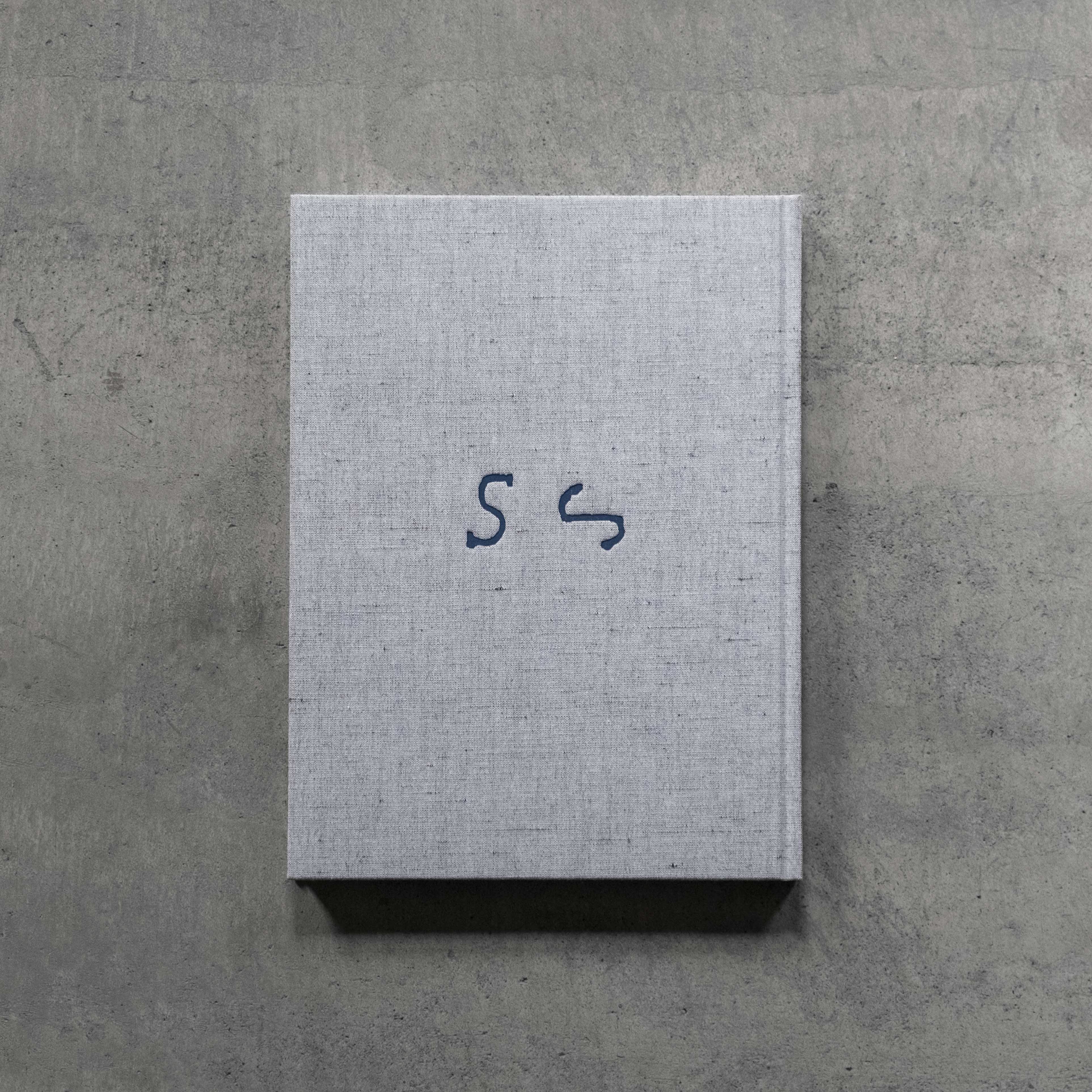
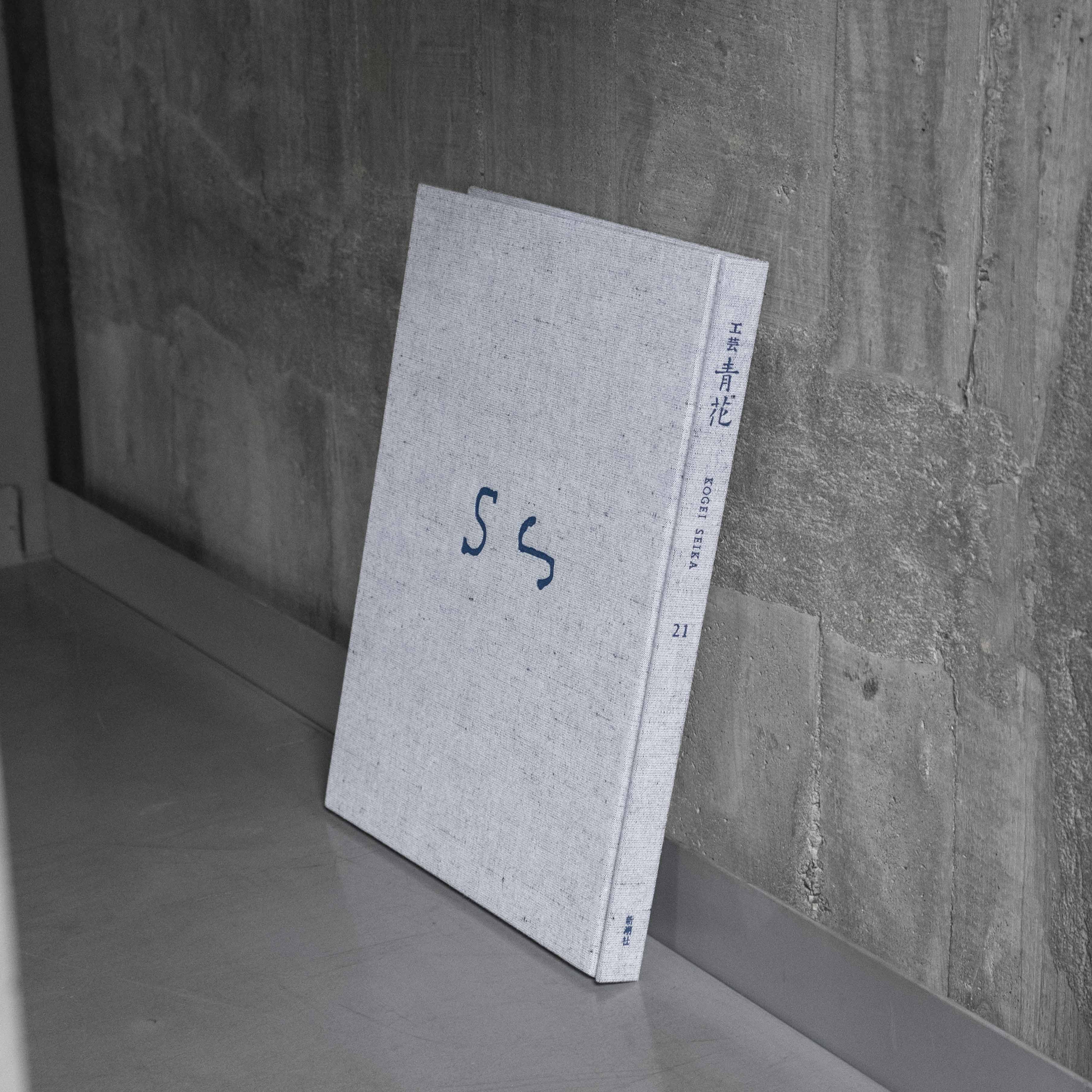
『工芸青花』21号
■2025年9月25日刊
■A4判|mon Sakata 製麻布張り上製本|見返し手漉和紙(黒谷)
■カラー152頁|望月通陽の型染絵を貼付したページあり
■限定1200部|14,000円+税
*御購入はこちらから
https://store.kogei-seika.jp/products/kogeiseika-21
Kogei Seika vol.21
■Published in 2025 by Shinchosha, Tokyo
■A4 in size, linen cloth coverd book with endpaper made of Japanese paper
■152 Colour Plates, Frontispiece with a stencil dyed art work by Michiaki Mochizuki
■Each chapter is accompanied by an English summary
■Limited edition of 1200
■14,000 yen (excluding tax)
*To purchase please click
https://store.kogei-seika.jp/products/kogeiseika-21


目次 Contents
1|フランスのロマネスク オーベルニュ地方
The Romanesque art in Auvergne, France
・「神の平和」と十字軍 小澤実
・山と型 金沢百枝
2|川瀬敏郎の花 始源の記憶
Ikebana by Toshiro Kawase: The Memory of the Biginning
・根の花 沢山遼
3|我谷盆
Wagatabon: Wooden Trays from the Mountainous Village of Wagatani, Ishikawa
・我谷盆とはなにか 前橋重二
・工藝・原子・欲 富井貴志
連載 Series
・古道具坂田への旅1 菅野康晴
精華抄
黒谷和紙 若菜晃子
扉の絵 望月通陽
1|フランスのロマネスク オーベルニュ地方
The Romanesque art in Auvergne, France
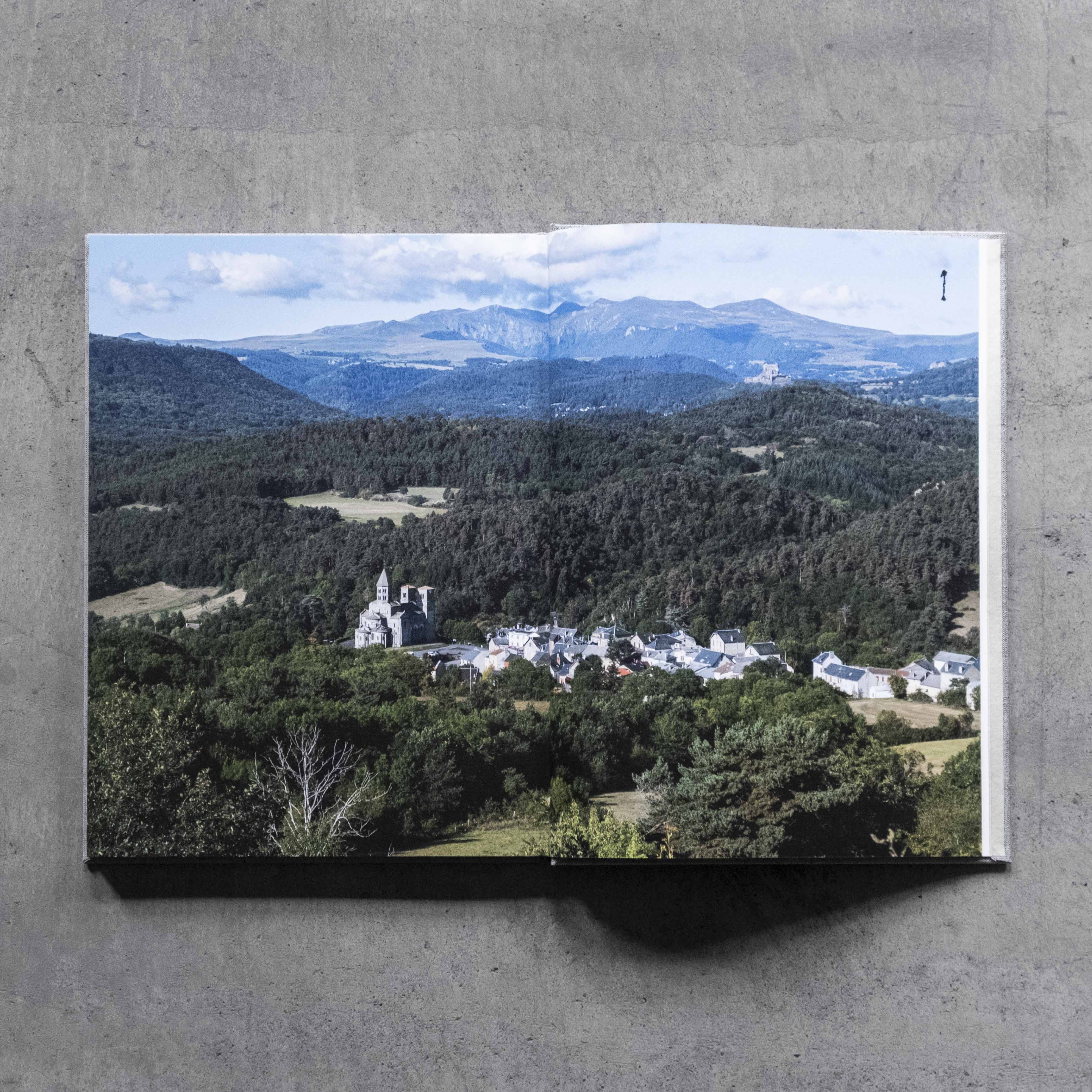
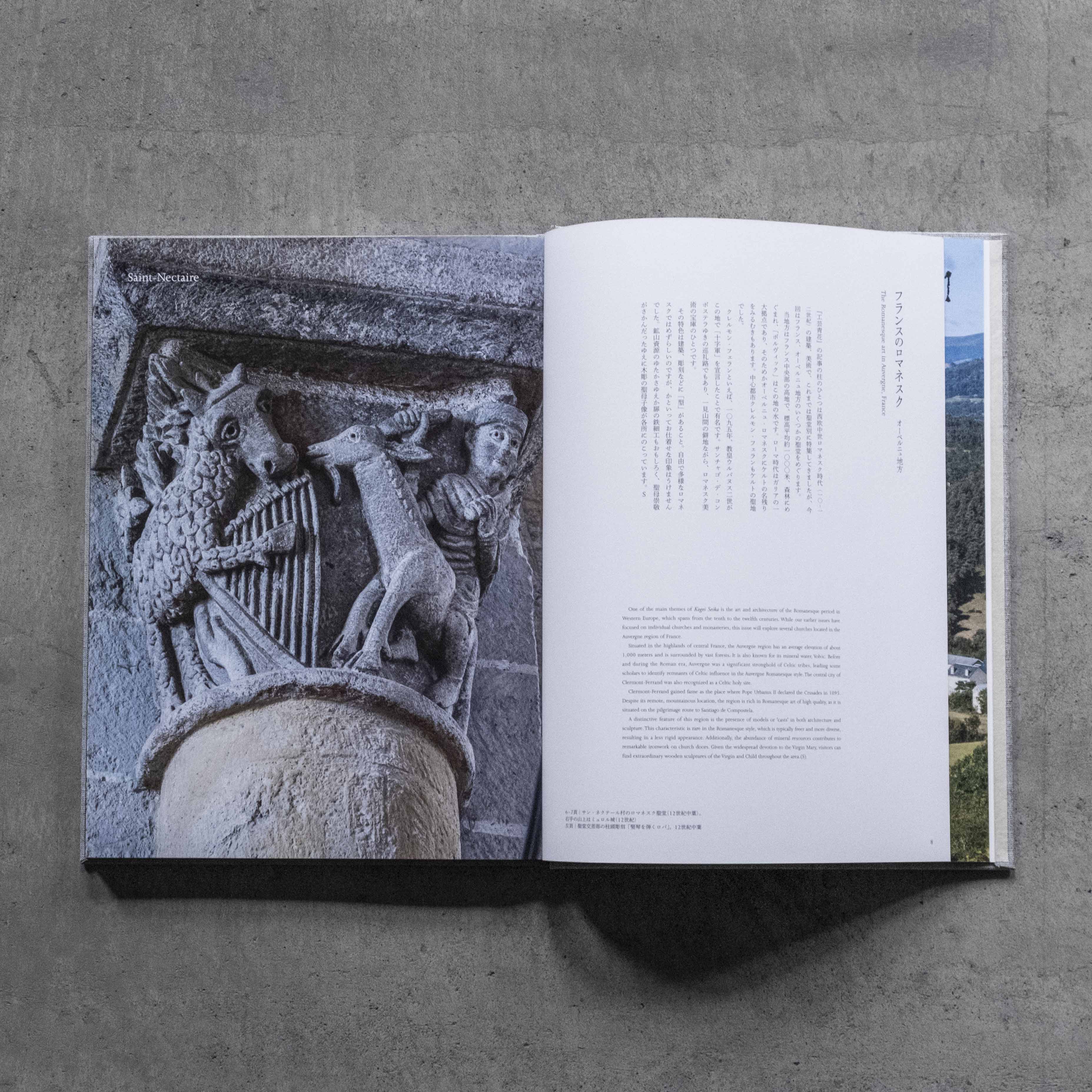


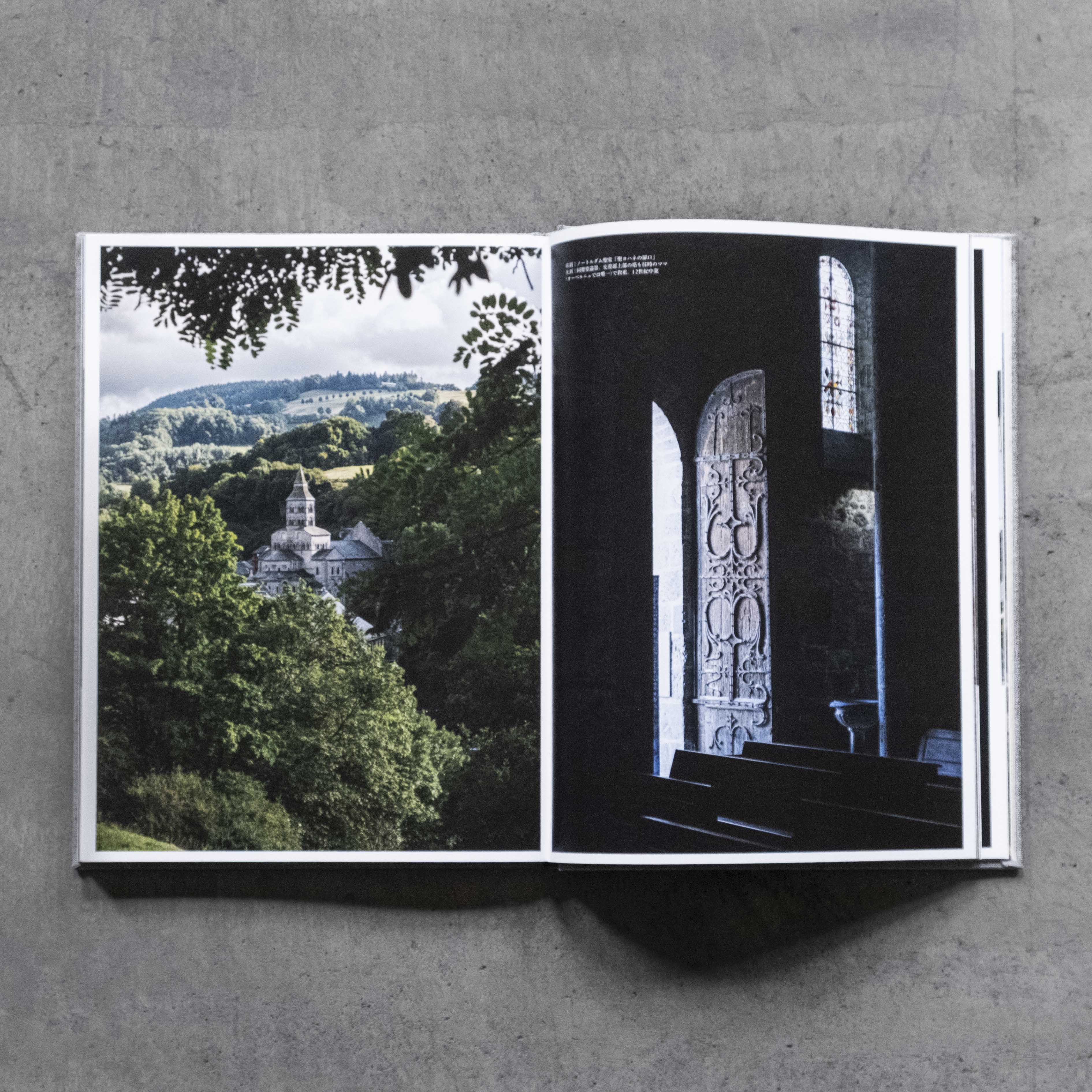
『工芸青花』の記事の柱のひとつは西欧中世ロマネスク時代(10-12世紀)の建築、美術で、これまでは聖堂別に特集してきましたが、今回はフランス、オーベルニュ地方のいくつかの聖堂をめぐります。
当地方はフランス中央部の高地で、標高平均約1000米、森林にめぐまれ、「ボルヴィック」はこの地の水です。ローマ時代はガリアの一大拠点であり、そのためかオーベルニュ・ロマネスクにケルトの名残りをみるむきもあります。中心都市クレルモン・フェランもケルトの聖地でした。
クレルモン・フェランといえば、1095年、教皇ウルバヌス2世がこの地で「十字軍」を宣言したことで有名です。サンチャゴ・デ・コンポステラゆきの巡礼路でもあり、一見山間の僻地ながら、ロマネスク美術の宝庫のひとつです。
その特色は建築、彫刻などに「型」があること。自由で多様なロマネスクではめずらしいのですが、かといってお仕着せな印象はうけませんでした。鉱山資源のゆたかさゆえか扉の鉄細工もおもしろく、聖母崇敬がさかんだったゆえに木彫の聖母子像が各所にのこっています。S
One of the main themes of Kogei Seika is the art and architecture of the Romanesque period in Western Europe, which spans from the tenth to the twelfth centuries. While our earlier issues have focused on individual churches and monasteries, this issue will explore several churches located in the Auvergne region of France.
Situated in the highlands of central France, the Auvergne region has an average elevation of about 1,000 meters and is surrounded by vast forests. It is also known for its mineral water, Volvic. Before and during the Roman era, Auvergne was a significant stronghold of Celtic tribes, leading some scholars to identify remnants of Celtic influence in the Auvergne Romanesque style. The central city of Clermont-Ferrand was also recognized as a Celtic holy site.
Clermont-Ferrand gained fame as the place where Pope Urbanus II declared the Crusades in 1095. Despite its remote, mountainous location, the region is rich in Romanesque art of high quality, as it is situated on the pilgrimage route to Santiago de Compostela.
A distinctive feature of this region is the presence of models or 'casts' in both architecture and sculpture. This characteristic is rare in the Romanesque style, which is typically freer and more diverse, resulting in a less rigid appearance. Additionally, the abundance of mineral resources contributes to remarkable ironwork on church doors. Given the widespread devotion to the Virgin Mary, visitors can find extraordinary wooden sculptures of the Virgin and Child throughout the area.(S)
2|川瀬敏郎の花 始源の記憶
Ikebana by Toshiro Kawase: The Memory of the Biginning
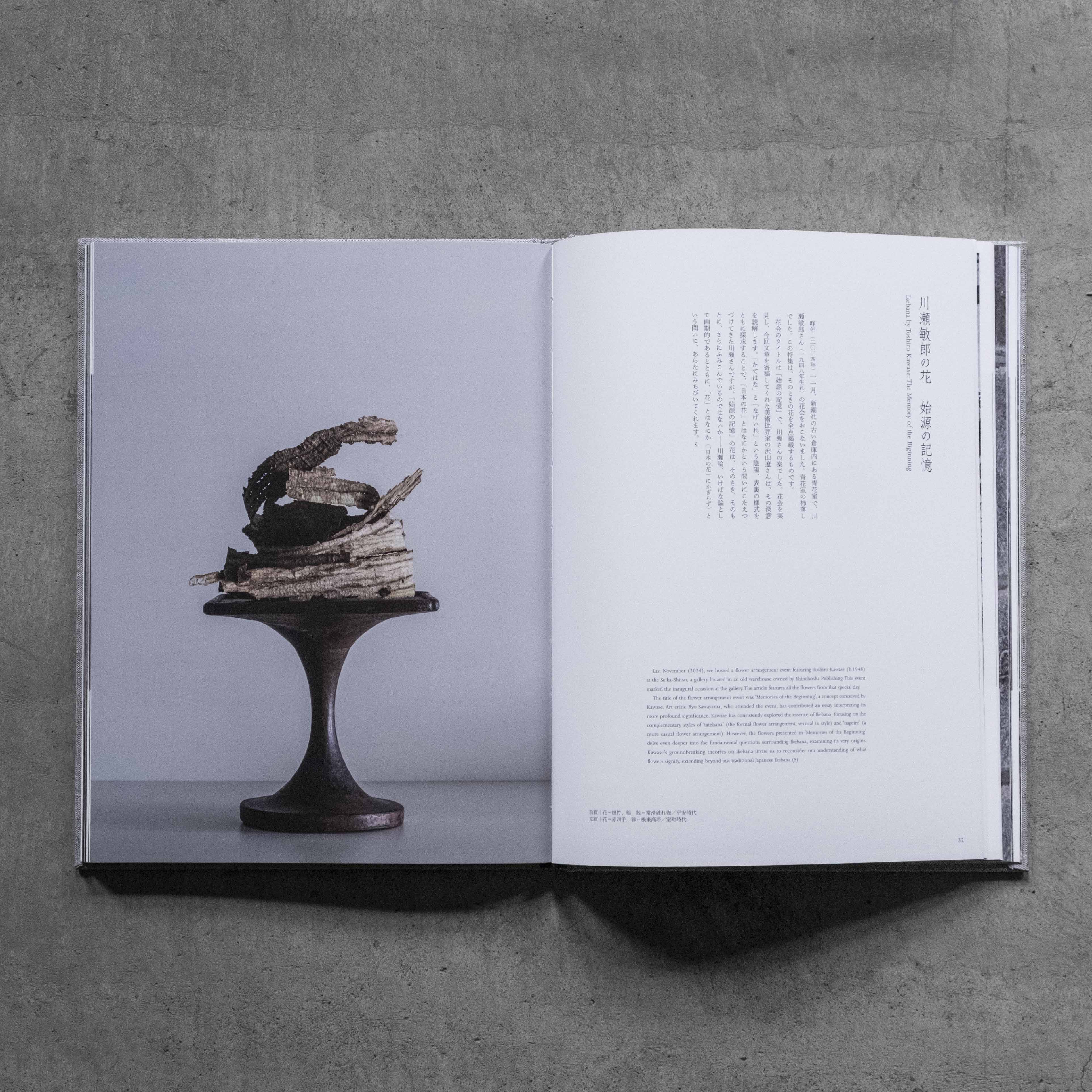
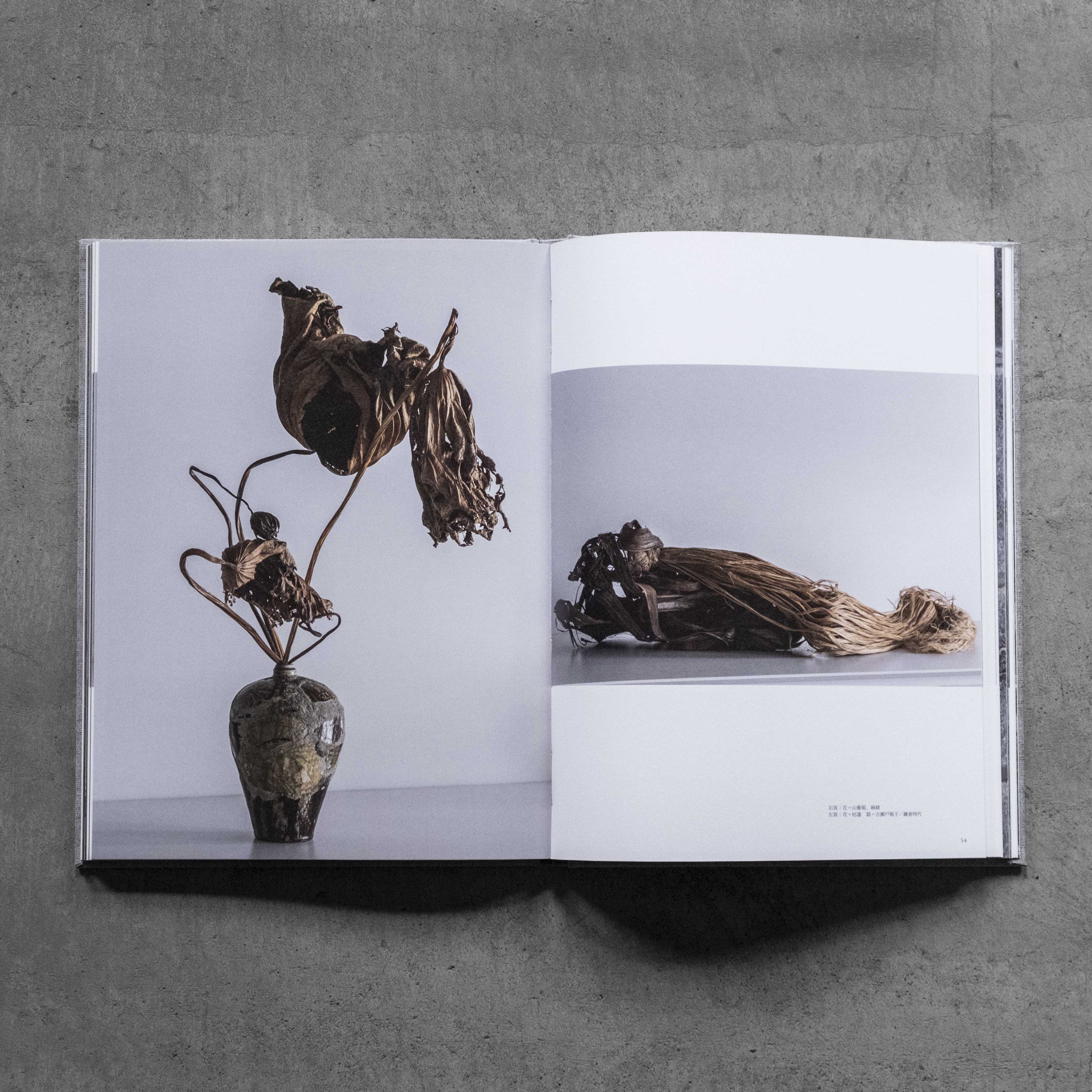
昨年(2024年)11月、新潮社の古い倉庫内にある青花室で、川瀬敏郎さん(1948年生れ)の花会をおこないました。青花室の杮落しでした。この特集は、そのときの花を全点掲載するものです。
花会のタイトルは「始源の記憶」で、川瀬さんの案でした。花会を実見し、今回文章を寄稿してくれた美術批評家の沢山遼さんは、その深意を読解します。「たてはな」と「なげいれ」という陰陽、表裏の様式をともに探求することで、「日本の花」とはなにかという問いにこたえつづけてきた川瀬さんですが、「始源の記憶」の花は、そのさき、そのもとに、さらにふみこんでいるのではないか──川瀬論、いけばな論として画期的であるとともに、「花」とはなにか(「日本の花」にかぎらず)という問いに、あらたにみちびいてくれます。S
Last November (2024), we hosted a flower arrangement event featuring Toshiro Kawase (b.1948) at the Seika-Shitsu, a gallery located in an old warehouse owned by Shinchosha Publishing. This event marked the inaugural occasion at the gallery. The article features all the flowers from that special day.
The title of the flower arrangement event was ‘Memories of the Beginning’, a concept conceived by Kawase. Art critic Ryo Sawayama, who attended the event, has contributed an essay interpreting its more profound significance. Kawase has consistently explored the essence of Ikebana, focusing on the complementary styles of ‘tatehana’ (the formal flower arrangement, vertical in style) and ‘nageire’ (a more casual flower arrangement). However, the flowers presented in ‘Memories of the Beginning’ delve even deeper into the fundamental questions surrounding Ikebana, examining its very origins. Kawase’s groundbreaking theories on Ikebana invite us to reconsider our understanding of what flowers signify, extending beyond just traditional Japanese Ikebana.(S)
3|我谷盆
Wagatabon: Wooden Trays from the Mountainous Village of Wagatani, Ishikawa
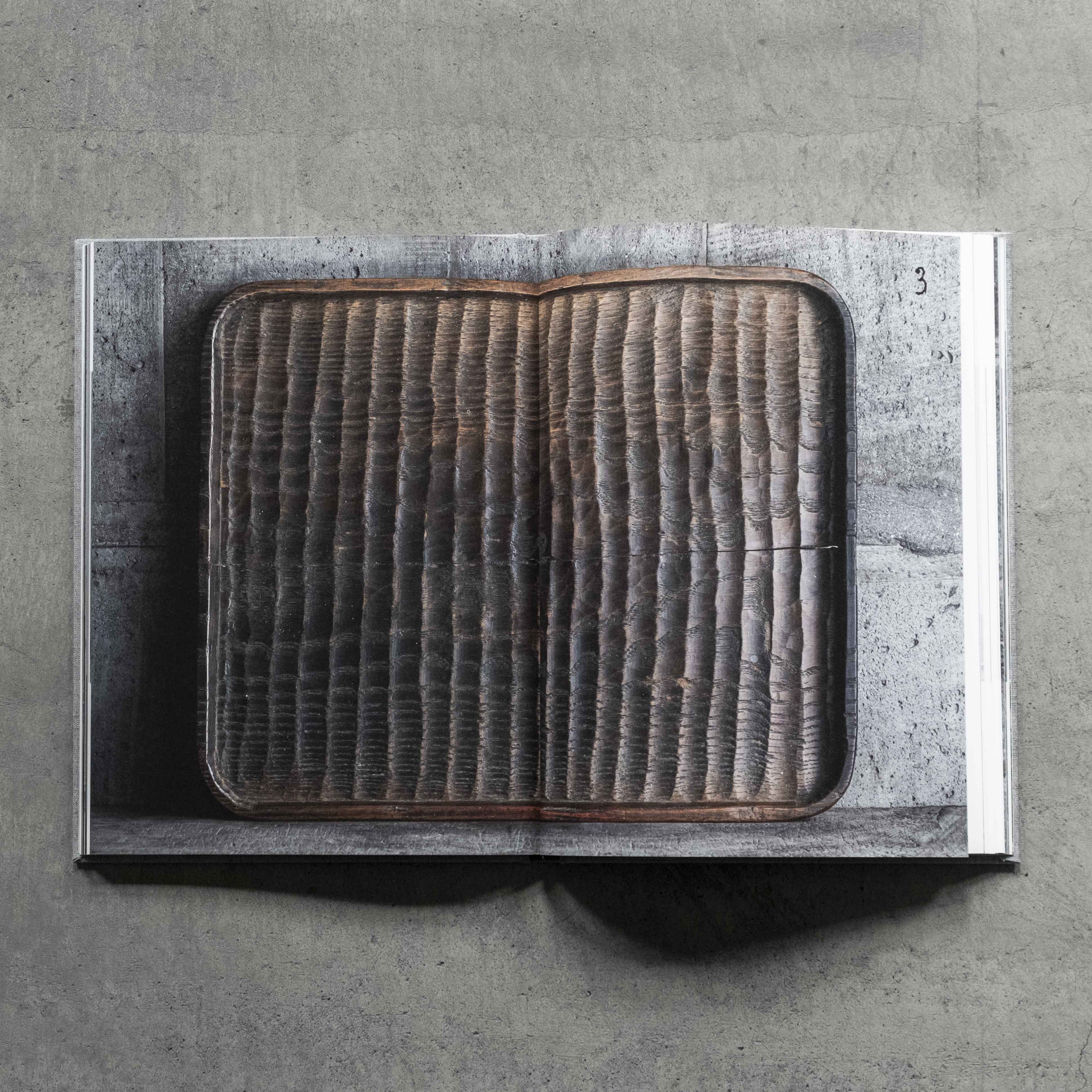
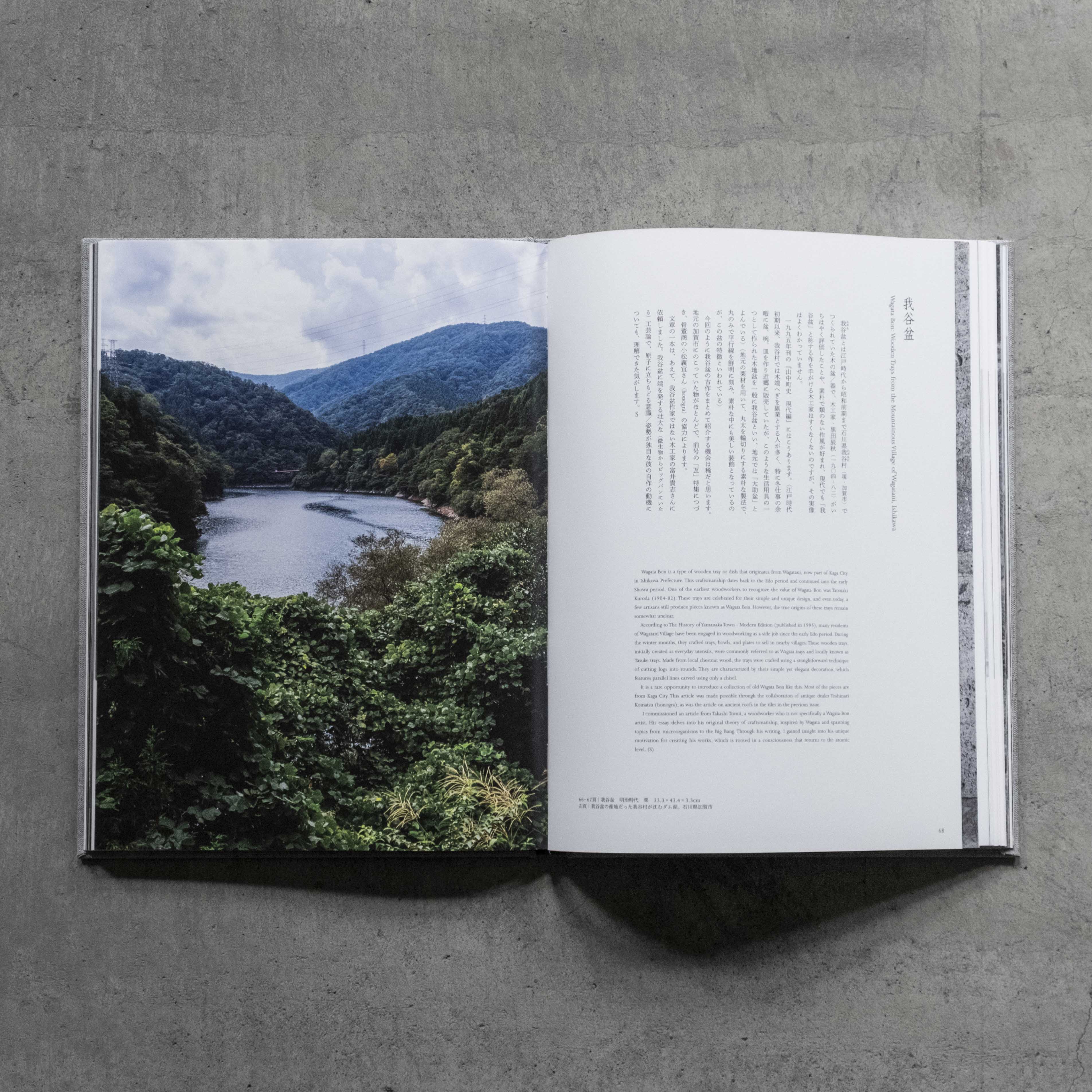
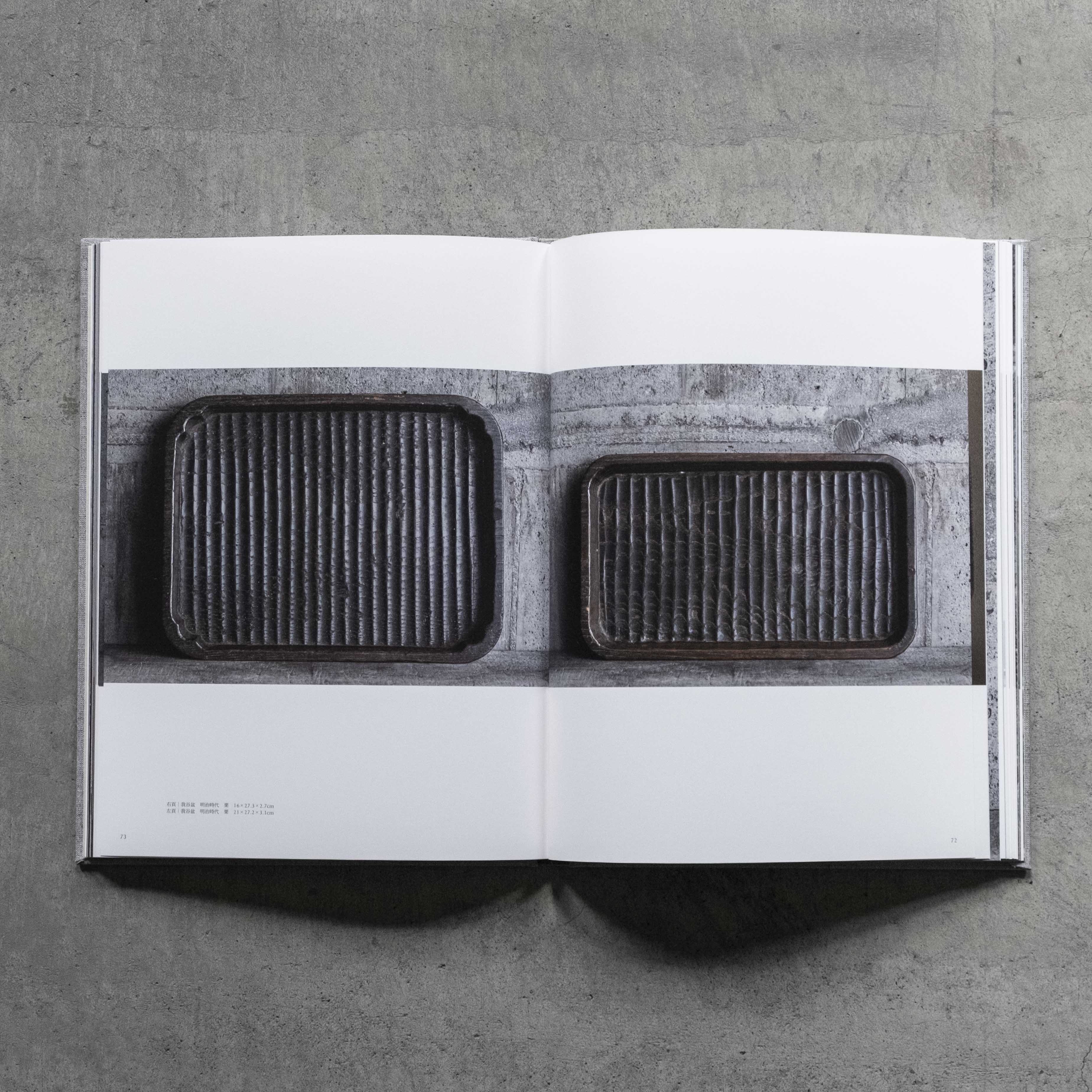
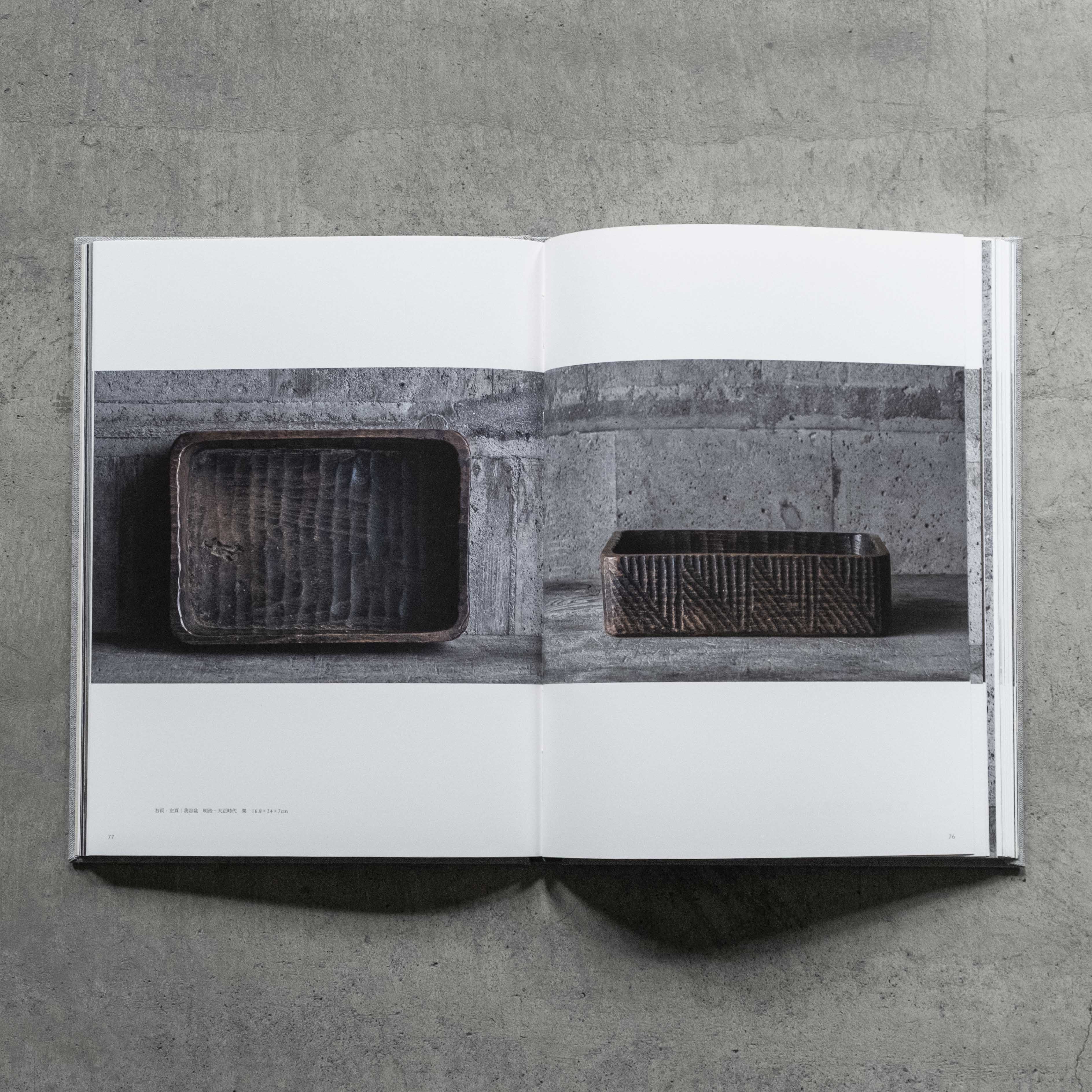
我谷盆とは江戸時代から昭和前期まで石川県我谷村(現・加賀市)でつくられていた木の盆/器で、木工家・黒田辰秋(1904-82)がいちはやく評価したことや、素朴で類のない作風が好まれ、現代でも「我谷盆」と称する作を手がける木工家はすくなくないのですが、その実像はよくわかっていません。
1995年刊の『山中町史 現代編』にはこうあります。〈江戸時代初期以来、我谷村では木端へぎを副業とする人が多く、特に冬仕事の余暇に盆、椀、皿を作り近郷に販売していたが、このような生活用具の一つとして作られた木地盆を一般に我谷盆といい、地元では「太助盆」とよんでいる〉〈地元の栗材を用いて、丸太を輪切りにする素朴な製法で、丸のみで平行線を鮮明に刻み、素朴な中にも美しい装飾となっているのが、この盆の特徴といわれている〉
今回のように我谷盆の古作をまとめて紹介する機会は稀だと思います。地元の加賀市にのこっていた物がほとんどで、前号の「瓦」特集につづき、骨董商の小松義宜さん(honogra)の協力によります。
文章の一本は、あえて、我谷盆作家ではない木工家の富井貴志さんに依頼しました。我谷盆に端を発する壮大な(微生物からビッグバンにいたる)工芸論で、原子に立ちもどる意識/姿勢が独自な彼の自作の動機についても、理解できた気がします。S
Wagata Bon is a type of wooden tray or dish that originates from Wagatani, now part of Kaga City in Ishikawa Prefecture. This craftsmanship dates back to the Edo period and continued into the early Showa period. One of the earliest woodworkers to recognize the value of Wagata Bon was Tatsuaki Kuroda (1904-82). These trays are celebrated for their simple and unique design, and even today, a few artisans still produce pieces known as Wagata Bon. However, the true origins of these trays remain somewhat unclear.
According to The History of Yamanaka Town - Modern Edition (published in 1995), many residents of Wagatani Village have been engaged in woodworking as a side job since the early Edo period. During the winter months, they crafted trays, bowls, and plates to sell in nearby villages. These wooden trays, initially created as everyday utensils, were commonly referred to as Wagata trays and locally known as Tasuke trays. Made from local chestnut wood, the trays were crafted using a straightforward technique of cutting logs into rounds. They are characterized by their simple yet elegant decoration, which features parallel lines carved using only a chisel.
It is a rare opportunity to introduce a collection of old Wagata Bon like this. Most of the pieces are from Kaga City. This article was made possible through the collaboration of antique dealer Yoshinari Komatsu (honogra), as was the article on ancient roofs in the tiles in the previous issue.
I commissioned an article from Takashi Tomii, a woodworker who is not specifically a Wagata Bon artist. His essay delves into his original theory of craftsmanship, inspired by Wagata and spanning topics from microorganisms to the Big Bang. Through his writing, I gained insight into his unique motivation for creating his works, which is rooted in a consciousness that returns to the atomic level. (S)
